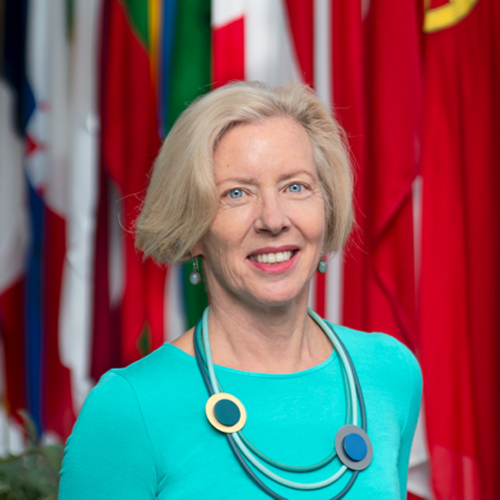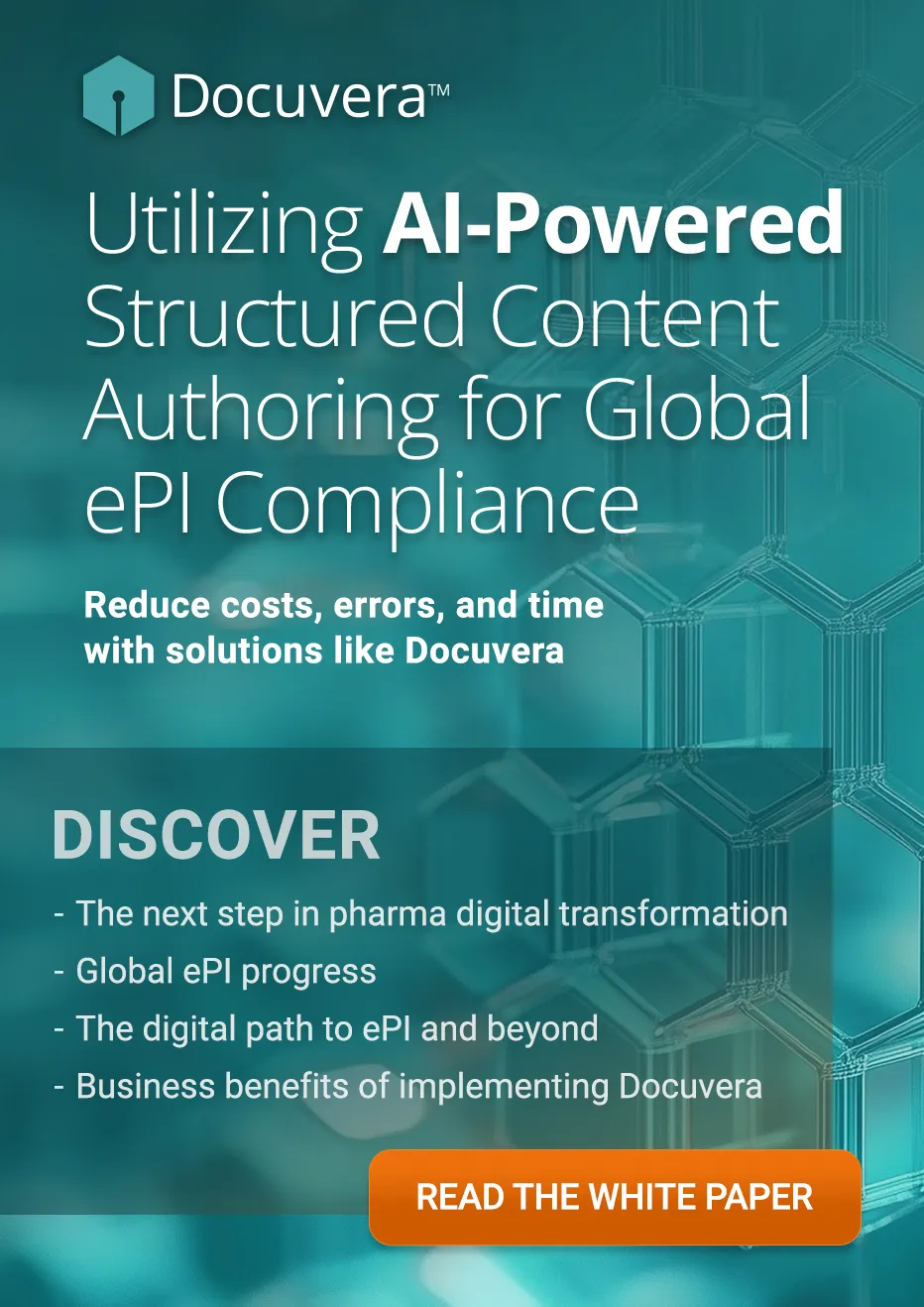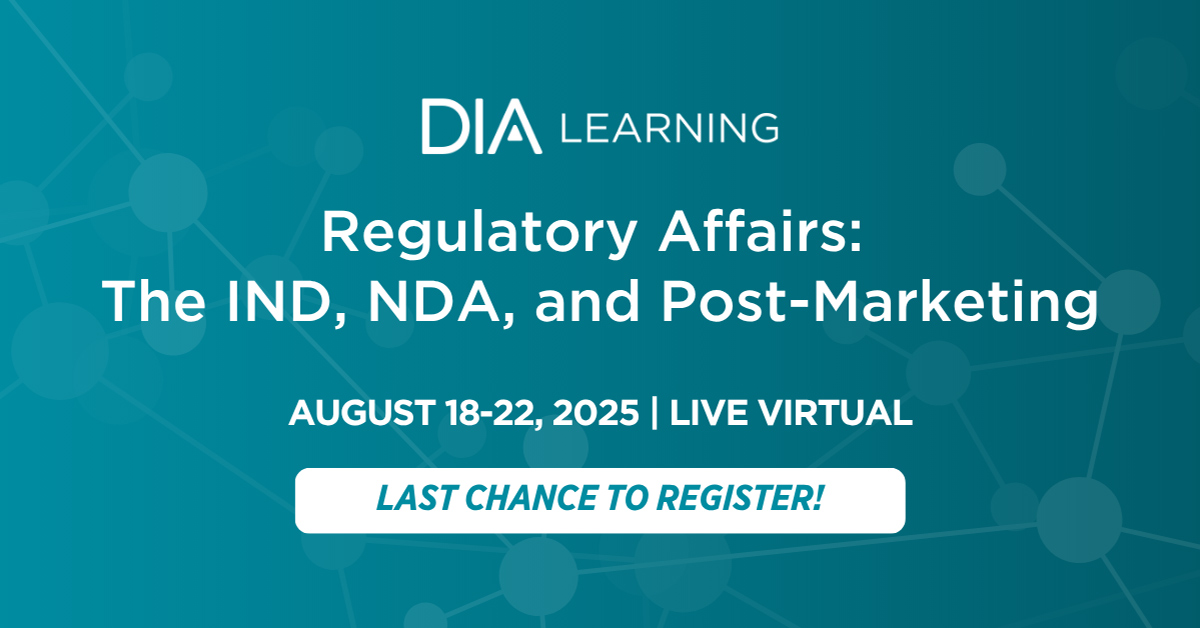- Editor-In-Chief Message
- The Drug Development Workforce in 2099
- SPECIAL SECTION: Patient-Focused Health Outcomes
- Sail to Success in Patient-Focused Transformation of Health Outcomes
- Navigating Patient-Focused Innovation: One Company’s Journey with the SMA Community
- The Patient Engagement Council for Parkinson’s Research (PECPR)
- FEATURE ARTICLE
- Rewiring IRT: Could a Headless Architecture Reshape the Future of Clinical Trials?
- COMMENTARY
- Rebuilding Trust in Health: A New Approach for the Healthcare Community
- INSIGHTS: GLOBAL LABELING CONFERENCE
- eLabeling and Healthcare Interoperability Accelerate Health Innovation for Patients
- AROUND THE GLOBE
- Environmental Sustainability Partnerships in Healthcare
- A Continental First: How Africa’s New Medicines Pilot is Transforming Access to Safe and Effective Treatments
- WE ARE DIA
- DIA Congratulates 2025 DIA Fellows and 2025 Global Inspire Award Winners
- WHITE PAPER
- Docuvera: Utilizing AI-Powered Structured Content Authoring for Global ePI Compliance
Subscribe
Editorial Board
Content stream editors
Gary Kelloff US National Institutes of Health
Ilan Kirsch Adaptive Biotechnologies Corp.
regulatory science
Isaac Rodriguez-Chavez 4Biosolutions Consulting
Patient engagement
Stacy Hurt Parexel
Richie Kahn Canary Advisors
Data and Digital
Lisa Barbadora Barbadora Ink
VALUE AND ACCESS
Wyatt Gotbetter Cytel, Inc.
Editorial Staff
Sandra Blumenrath, Senior Scientific Project Manager & Executive Editor, Scientific Publications DIA Scientific Communications
Chris M. Slawecki, Managing Editor, Global Forum DIA Scientific Communications
Linda Felaco, Copy Editor and Proofreader
Regional Editors
Lorraine Danks The Gates Foundation
ASEAN
Helene Sou Takeda
AUSTRALIA/NEW ZEALAND
Richard Day University of New South Wales, Medicine, St. Vincent’s Hospital
CHINA
Li Wang Eli Lilly China
EUROPE
Emma Du Four Independent R&D/Regulatory Policy Professional
Isabelle Stoeckert Independent Regulatory Science Expert
INDIA
J. Vijay Venkatraman Oviya MedSafe
JAPAN
Toshiyoshi Tominaga SunFlare
LATIN AMERICA
Cammilla Gomes Roche
US
Ebony Dashiell-Aje BioMarin
DIA Membership
Bringing together stakeholders for the betterment of global healthcare.
Editor-in-Chief, DIA Global Forum
was born in the middle of the 20th century. Like all infants, I knew nothing at birth about the discovery, development, and regulation of medicines. As it turns out, there wasn’t very much to know about this, back in 1951. Drug regulation as we know it today was itself an infant.
atient engagement in the pharmaceutical and biotechnology industries has set sail, marking a significant shift in how companies develop and deliver treatments. Regulatory agencies like the US FDA and European Medicines Agency (EMA) are encouraging collaboration with the patient community, making the integration of patient perspectives increasingly vital. This alignment may lead to better health outcomes for patients, higher satisfaction, and more sustainable healthcare systems.
This overview article and two case studies explore how to deeply integrate patient engagement within pharmaceutical/biotech companies.
This first article in this Special Section overviews the issue using a sailing boat metaphor. The boat symbolizes the journey, with its sails, flag, and rudder representing internal components for success, such as involving the patient community from the start. Meanwhile, the surrounding sea elements illustrate external influences that impact the voyage.
ne global pharmaceutical company’s journey with the spinal muscular atrophy (SMA) community, to develop a small molecule medicine that increases and sustains the production of survival motor neuron (SMN) proteins throughout the body, showcases the power of patient engagement to transform drug development. With patients as co-navigators, the voyage transcends clinical development and regulatory milestones, ensuring alignment with real-world patient needs and leading to more effective, inclusive, and impactful healthcare solutions.
UCB, Brussels
SeeBe
he Patient Engagement Council for Parkinson’s Research (PECPR) serves as a powerful example of how integrating patient voices from the outset can help a pharmaceutical company create a more inclusive, effective, patient-focused drug development process. Created in collaboration with The Parkinson’s Foundation and Parkinson’s UK, the PECPR is a strategic steering group that integrates patient perspectives throughout the company’s Parkinson’s research pipeline. This council brings patients and caregivers into the core of decision-making, supporting the argument that patients are essential crew members in navigating the complex journey of patient-focused medicines development.
White Paper
White Paper
BC Consulting Group LLC
nteractive Response Technology (IRT), a validated system used to automate subject randomization and drug supply management in clinical trials—typically via web (IWRS) or phone (IVRS) interfaces—also forms the unseen infrastructure behind critical study logistics. Also referred to as Randomization and Trial Supply Management (RTSM), this technology has long been taken for granted in clinical research. Despite its foundational role, the IRT market remains unusually fragmented; no single vendor holds more than 30% market share. Sponsors often deploy multiple IRT systems across different studies, rarely committing to one vendor. This creates a functional, yet inefficient, ecosystem marked by duplication and little standardization. Such fragmentation can lead to inconsistencies in data collection and reporting, which may affect trial integrity—especially since data management and standardization are critical for regulatory compliance under 21 CFR Part 11.
A New Approach for the Healthcare Community
Edelman
n today’s world, information is everywhere. But with that abundance comes confusion—and growing doubts about who to trust when it comes to health. The 2025 Edelman Trust Barometer Special Report on Trust and Health shows that people are questioning traditional sources of medical guidance and turning instead to less conventional voices. This shift in trust affects everyone in healthcare, from pharmaceutical companies and providers to caregivers and patients.
Pfizer R&D Japan
veryone agrees that product information for pharmaceuticals should be as accessible as possible and in a format that allows all consumers, whether they are healthcare professionals or patients, to easily digest and understand it. Several eLabeling initiatives have been implemented around the world since 2021. But now there is a new game in town.
Sustainable Healthcare Coalition
n an era of increasing environmental challenges and healthcare demands, partnerships have emerged as a critical tool for delivering environmentally sustainable and socially equitable healthcare.
How Africa’s New Medicines Pilot is Transforming Access to Safe and Effective Treatments
African Union Development Agency – New Partnership for Africa’s Development (AUDA-NEPAD)
Consultant to the Gates Foundation
magine being able to access life-saving medicinal products faster, no matter where you live on the African continent. This is the promise behind the Continental List of Human Medicinal Products Pilot, a landmark pilot program led by the African Union Development Agency – New Partnership for Africa’s Development (AUDA-NEPAD) through the African Medicines Regulatory Harmonization (AMRH) initiative.
NEW FELLOWS OF DIA

Chair, Fellows of DIA
Flagship Pioneering

Duke University School of Medicine
Former Commissioner, US FDA

Executive Director, European Medicines Agency

Tottori University
DIA 2025 GLOBAL INSPIRE AWARD WINNERS

Kazumichi Kobayashi
Otsuka Medical Devices KK

Emer Cooke
Executive Director, European Medicines Agency

Cary Smithson
LeapAhead Solutions
DIA Regulatory Affairs Community, DIA RIM Working Group, Other Associated Working Groups
“A Framework for Extension Studies Using Real-World Data to Examine Long-Term Safety and Effectiveness”
Mehmet Burcu, Cyntia B. Manzano-Salgado, Anne M. Butler, and Jennifer B. Christian (corresponding author)






